 Shutterstock
Shutterstock
Dogs are smart, but let’s face it—they’re also really good at looking completely baffled. While they do their best to understand human behavior, we often send mixed signals without even realizing it. From changing the rules to using words they don’t understand, many of our actions can leave our canine companions scratching their heads (or tilting them adorably). If your dog seems confused by something you’re doing, there’s a good chance it’s because they genuinely don’t understand what you want.
Saying One Thing but Doing Another
 Shutterstock
Shutterstock
Dogs rely more on body language than words, so when your actions don’t match what you’re saying, it throws them for a loop. If you’re calling your dog over but leaning forward with an intense stare, they might hesitate because your body language looks intimidating. Similarly, if you tell them to stay but motion toward them with your hands, they may think you’re inviting them over. Always ensure that your verbal commands and physical movements are in sync to avoid confusion.
Changing the Rules Without Warning
 Shutterstock
Shutterstock
One day, your dog is allowed on the couch, and the next day, they’re being scolded for jumping up. One moment, begging at the table is ignored, but the next time, they get a stern “No!” Dogs thrive on consistency; sudden rule changes leave them wondering what went wrong. If you want your pup to understand the house rules, make sure everyone in the household enforces them consistently—otherwise, they’ll be left wondering why the rules seem to change depending on the day.
Using Too Many Words
 Shutterstock
Shutterstock
Dogs are great at picking up on tone and body language, but long-winded explanations? Not so much. If you’re saying, “Buddy, I really need you to get off the couch because I just cleaned it and don’t want fur everywhere,” your dog is likely tuning you out after the first word. Instead, they respond best to clear, simple commands like “Off” or “Down.” If you find yourself giving a speech, just remember—dogs are not philosophers. Keep it short and sweet.
Expecting Them to Understand Human Etiquette
 Shutterstock
Shutterstock
Humans have all sorts of social norms, like greeting with handshakes or maintaining eye contact during conversations. Dogs, however, have their own set of rules, and they don’t always align with ours. For example, staring into a dog’s eyes for too long can feel threatening to them, and hugging—which is a sign of affection for humans—can make some dogs feel trapped. Understanding how dogs naturally communicate can help prevent misunderstandings and keep your pup comfortable.
Laughing at Their Bad Behavior
 Shutterstock
Shutterstock
Dogs are incredibly perceptive when it comes to reading emotions, so if you laugh when they do something mischievous, they might take it as encouragement. That means if your dog steals a sock and you chuckle at their proud little strut, they’ll assume sock-stealing is a fun game. While it’s hard to keep a straight face when your dog is being adorably naughty, reinforcing the wrong behavior (even unintentionally) can lead to long-term confusion.
Punishing Them After the Fact
 Shutterstock
Shutterstock
If you come home to find a chewed-up shoe and immediately scold your dog, they might not connect your anger to the destruction they caused hours ago. Dogs live in the moment, and unless you catch them in the act, they won’t understand why they’re being punished. Instead of scolding after the fact, focus on preventing bad behavior by redirecting them in real time and reinforcing good habits.
Expecting Them Always to Greet You with Excitement
 Shutterstock
Shutterstock
We love it when our dogs go wild with excitement when we come home, but sometimes, they might not greet us with the enthusiasm we expect. If your dog seems calm or indifferent, it doesn’t mean they don’t love you—it could simply mean they were in the middle of a nap, or they’re just naturally more relaxed. Some dogs express affection subtly, like quietly following you around or resting their head on your lap. Expecting every greeting to be an over-the-top tail-wagging frenzy can lead to unnecessary worry on your part and confusion on theirs.
Not Giving Them Clear Boundaries
 Shutterstock
Shutterstock
Dogs look to their humans for guidance; if the rules aren’t clear, they’ll make up their own. If your dog is pulling on the leash, jumping on guests, or barging through doors ahead of you, it’s not because it’s trying to be bad—it’s because it doesn’t understand what’s expected. Setting clear boundaries through consistent training helps dogs feel more secure and eliminates any confusion about acceptable behaviors.
Acting Differently Depending on Your Mood
 Shutterstock
Shutterstock
Dogs are incredibly in tune with their owner’s emotions, and if your reactions change based on your mood, they can become confused. If you feel relaxed and let them jump on you one day, but you’re stressed and scolded for the same behavior the next day, they won’t know right or wrong. Keeping a consistent approach, even when you’re having a tough day, helps your dog feel more secure and understand what’s expected of them.
The Mystery of Human Behavior Continues
 MidJourney
MidJourney
Dogs may be great at reading us, but they still find many human behaviors confusing. Our ever-changing rules, mixed signals, and strange habits can make life a bit tricky for them. Yet, they remain patient, forgiving, and always eager to understand us. The best thing we can do is communicate, stay consistent, and appreciate them for putting up with our human quirks. They may not always get what we’re doing, but one thing is for sure—they’ll love us unconditionally no matter how confusing we are!

 1 month ago
20
1 month ago
20


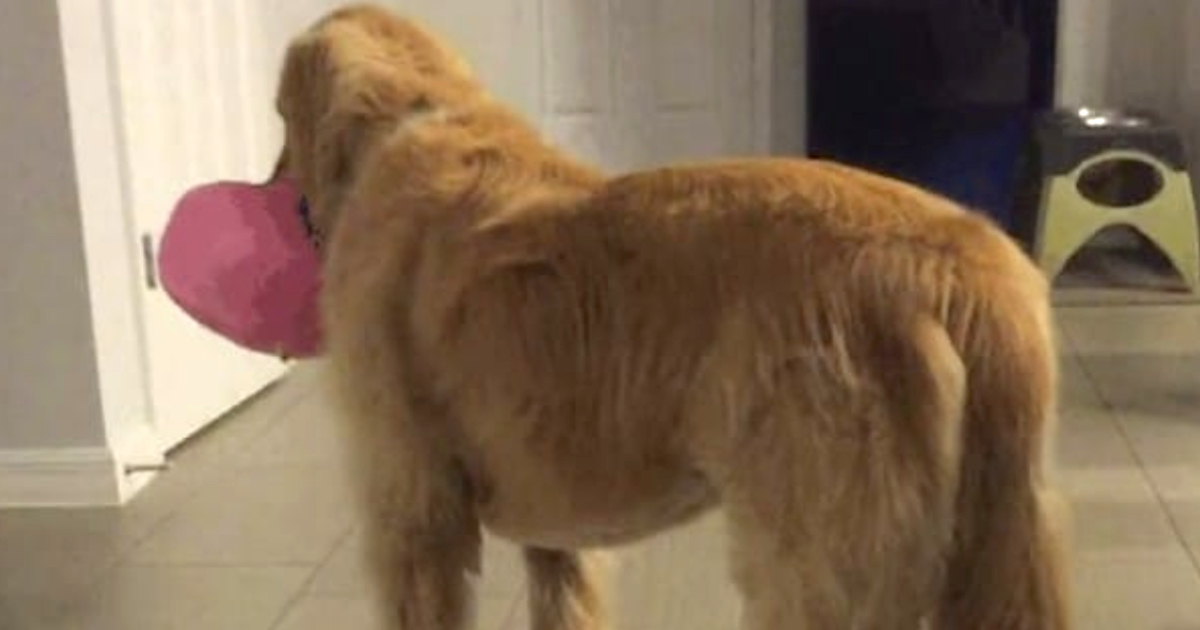
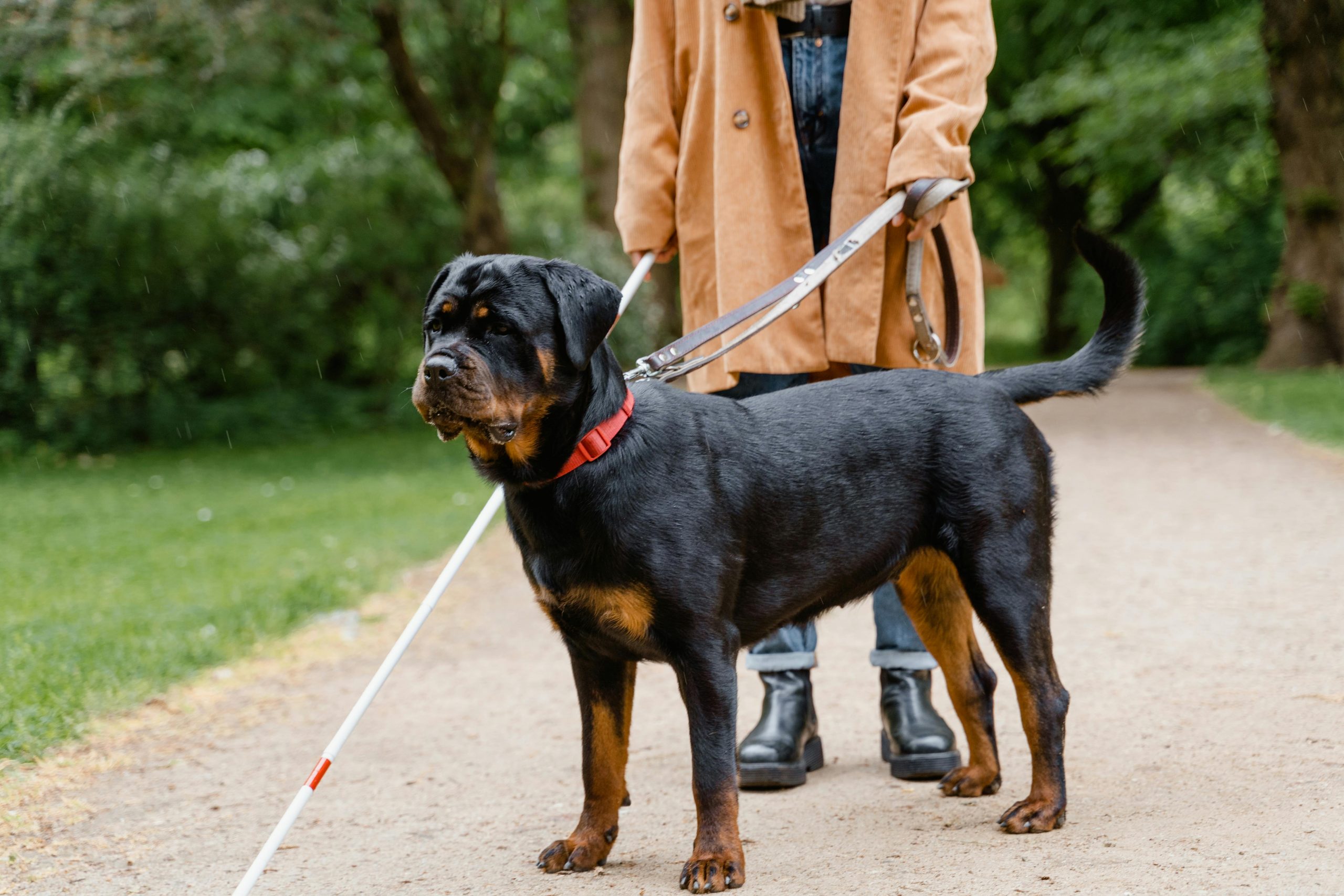
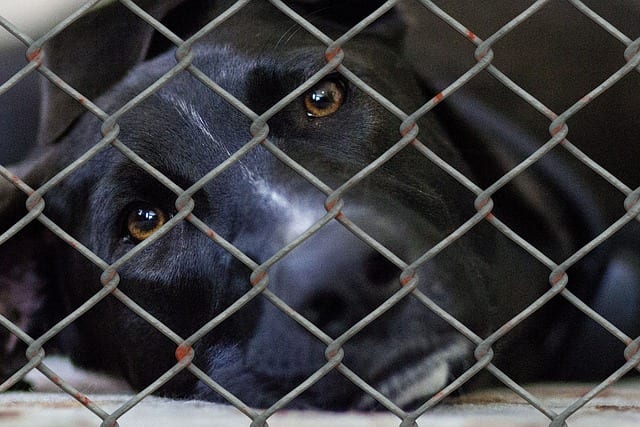

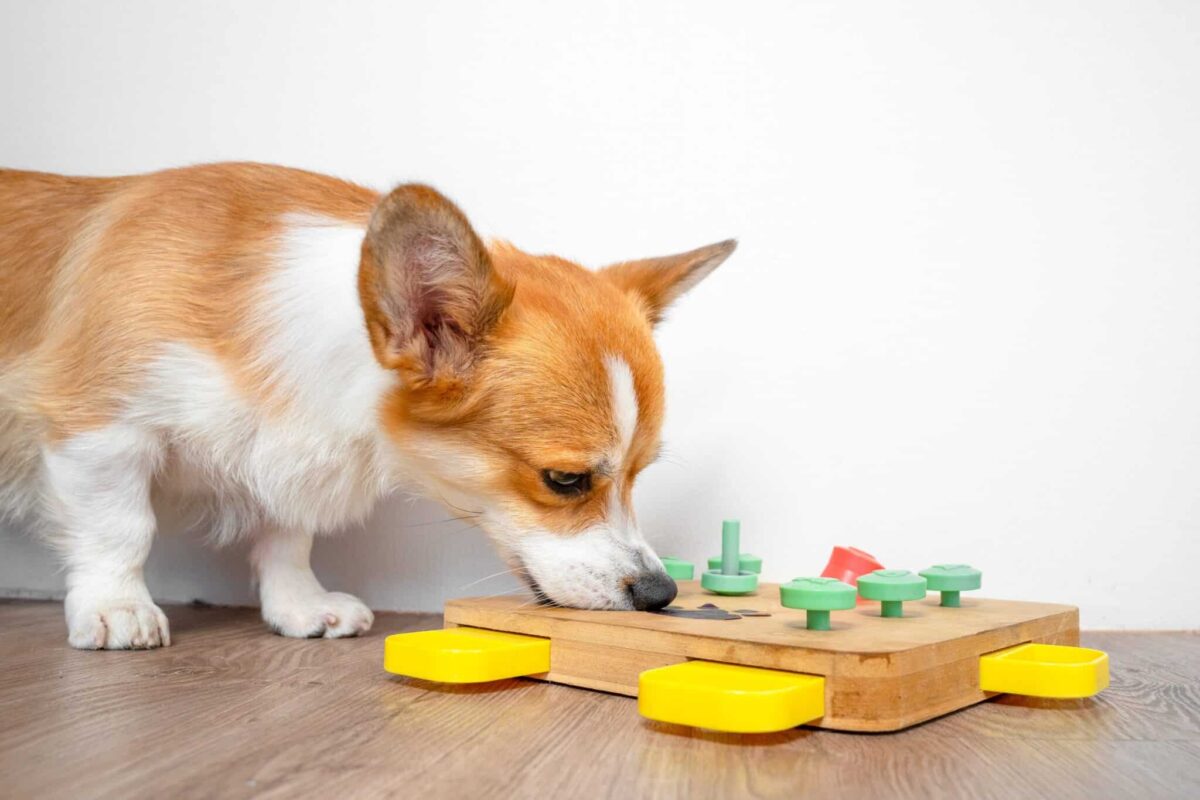

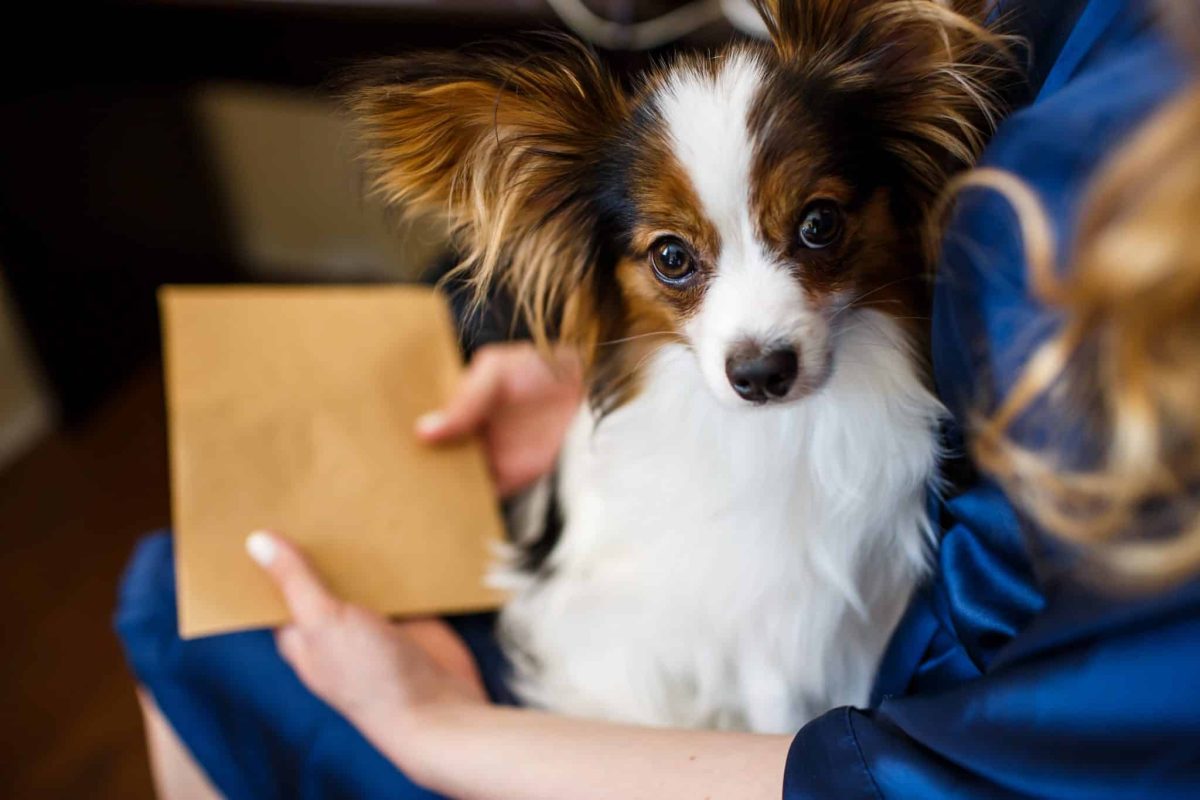









 English (US) ·
English (US) ·